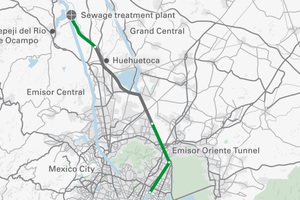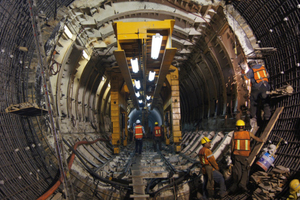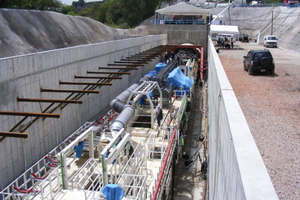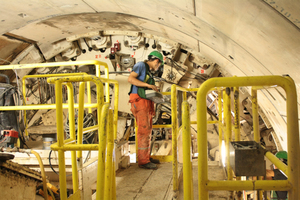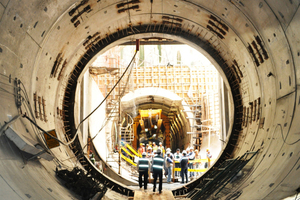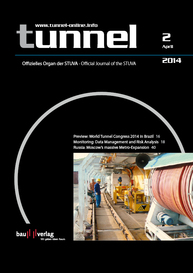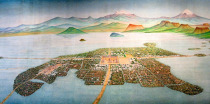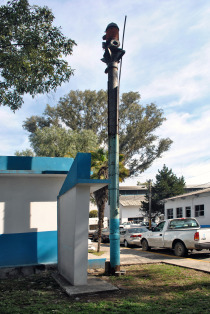Dry Ground for Mexico’s Capital: Half the Tunneling-Work is done
The metropolitan area of the Valley of Mexico lies atop a closed basin that used to form an integrated lake system made up of five great lakes. These lakes were called Texcoco, Xaltocan, Zumpango, Xochimilco and Chalco, and they fused to one large lake with a surface of approximately 2000 km² during rainy season. The later construction of Mexico City on top of this lake area has created two challenges for today‘s engineers: the permanent need to drain rain water to prevent flooding and the slow sinking of Mexico City due to over-exploitation of the underlying aquifers.
The drainage system of the metropolitan region is no longer sufficient to maintain an adequate water discharge, especially due to the increasingly unfavourable gradient of the Emisor Central wastewater tunnel, caused by the sinking process. In comparison to the carrying capacity of the drainage system in 1975, the condition has declined The city has to cope with a total loss of 30 % of the former efficiency. At the same time the population has doubled and reached 20 million inhabitants in the metropolitan area of Mexico City in 2013.
Building a third Drainage Tunnel
Despite the fact that the...

